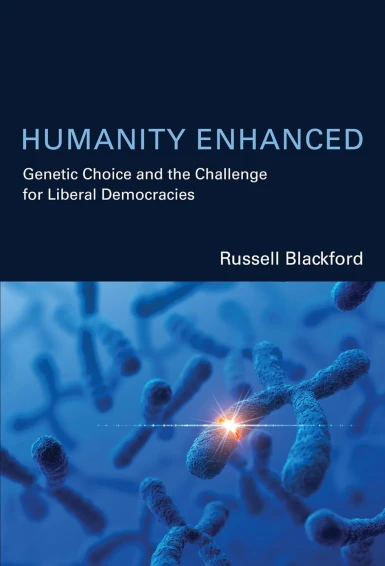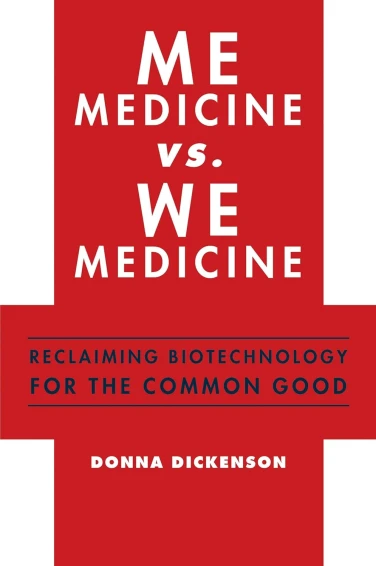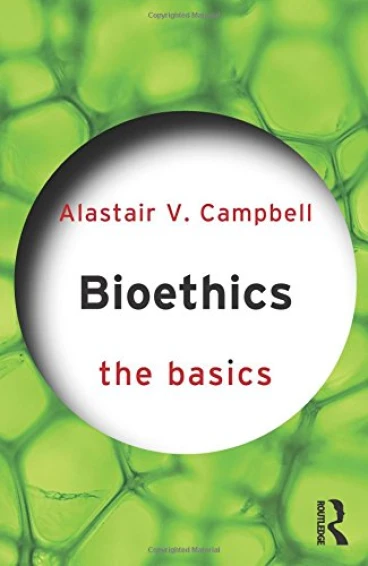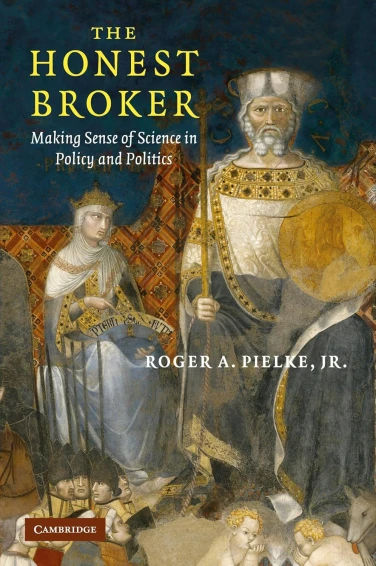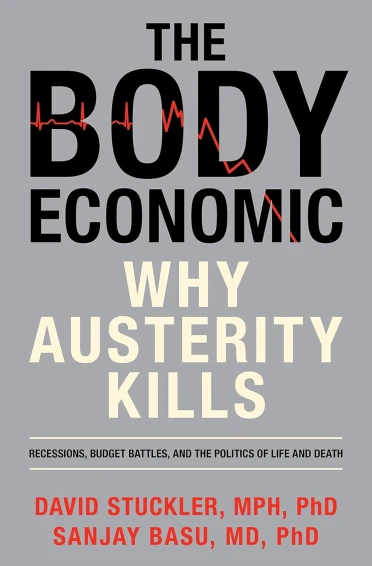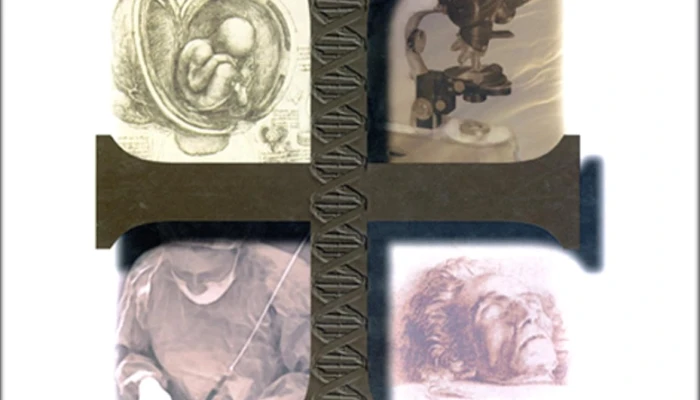
Edited by Edward J. Forton with Peter J. Cataldo and Albert S. Moraczewski.
The National Catholic Bioethics Center; 2nd Edition
ISBN: 978-0935372540
RRP: £25
466 pages
Published in its second edition, this manual stands out as a holistic and intriguing read into the reasoning within Catholic Bioethics and its practical implications for practitioners. This manual was produced by the National Catholic Bioethics Center, which is in Philadelphia, Pennsylvania, in the United States of America. Boasting a hefty list of contributors with varied and distinguished credentials, this manual provides an in-depth analysis of contemporary, medical, ethical issues that appeal both to the deliberation of the academic and the practical profession of the health care clinician. Of note, this manual also delivers deliberating provisions and combines discussion with a substantial amount of resources, both within the manual’s text and in its appendices.
The format of this manual is one of progression. It begins with an exploration and review of fundamentals associated with objective truth and the structural foundations of the moral absolutism prevalent within the magisterial body of the Catholic Church’s theology and philosophy. From here, the focus is shifted from background to platform, where a plethora of ethical issues are discussed in context of categories. These categories travel through ethical issues that surround the beginning and end of life, and range through specific clinical concerns, while pausing to encompass concerns that lie in the more structural side of committees and institutions.
One of the most refreshing aspects of this manual is its attention to detail, accuracy and critical appraisal of each issue. This manual clearly deliberates where there are struggles to identify the appropriate provision to an ethical problem or dilemma. This is done through the contribution of arguments for and against certain treatments, such as those that can be found in chapter ten surrounding ectopic pregnancy provisions. It is worthwhile to note that this manual is very clear about representing the Catholic Church’s position in an as rigorously accurate way as possible, and the sourcing, editorial summations, as well as the use of appendices provides evidence to this endeavor.
What is strikingly different about the Catholic Bioethic perspective and its approach to medical and ethical issues is its lack of relativistic pandering and subjective dissociations that can occur in the secular ethical world and by applying heavy weight instead, to the concerns of the human person. This manual applies particular attention to examining ethical issues and concerns that surround human life in a manner that appreciates and amplifies the dignity of every human being at every stage of life. What is also worthwhile noting are its discussions and clarifications on when it is appropriate to not prolong suffering and the dying process, both of which can be in keeping (depending on context and situation) with maintaining the dignity of every human person at every stage of life.
Perhaps the most informative part of this manual is the appendices that follow the fundamental, organizational and clinical discussions. These appendices are selections of Church documents that specifically address in detail many of the ethical concerns that arise in the body of the manual’s text. These documents serve to support the provisions offered in the guidelines encountered in this manual. With such attention to detail, this manual reveals the degree to which the Catholic Church and its members are diligently involved in exploring as well as offering provisions and guidelines for practice. Guidelines that will enable, rather than disable, patient and practitioner alike from compromising the moral integrity of their human person while working through the dilemmas of the day as they arise in a rapidly-advancing technological, medical world.
While this manual clearly comes from a Catholic perspective, it is worthwhile to note that this work does not have to be read and appreciated by Catholics alone. This manual is ideal for anyone interested in a critical appraisal of current and global influences and trends within Bioethics. As a staunch investor in the practice of medical ethics, the Catholic Church is well represented in this piece of work and while it by no means offers a fully comprehensive understanding of the Church’s teachings on all matters ethical, it does at least offer two things. The first, is a compact yet concise ‘go to’ reference for the Catholic health care practitioner in need of a reliable source of accessible information on Catholic ethics. Secondly, this manual offers an excellent overview to someone interested in exploring what it is that the Catholic Church instructs on various matters of ethically-related subject material.
Comprehensive appraisal of this manual suggests that some more critical argument could be offered in terms of reasoning through opposing arguments and/or offering some specific case scenarios. Case scenarios can often reinforce a point of view or offer a method through which one can relate to and reflect on. Overall, however, the contributors and editors of this manual offered an excellent piece of work that not only breaks down into easily digestible portions the concentrated material within, but also offers a strong base should anyone be interested in exploring further the world of Catholic health care ethics.




